Scam alert! These are the top 5 swindler tactics to watch out for when shopping for second-hand furniture
A guide to second-hand shopping scams, how to recognise them and best avoid them


Second Hand September is upon us and in full swing! Have you been to your first flea market, car boot sale, jumble trail or a charity shop of the month yet? And as much as we love and support this cause of shopping second hand - some even challenge themselves to solely buy second hand for the entire month - the territory comes with its scammers taking advantage of those wanting to do good for the environment or save some money. This is especially true if you’re shopping for your pre-loved bargains online.
So to help you avoid those sneaky swindlers, we’ve asked our experts about buying second hand furniture tips and to identify some of the most common scam tactics when it comes to shopping for second-hand home decor. Along with how to best avoid them so that you don’t get burned. And this is what they came back with.
Second hand shopping scams guide
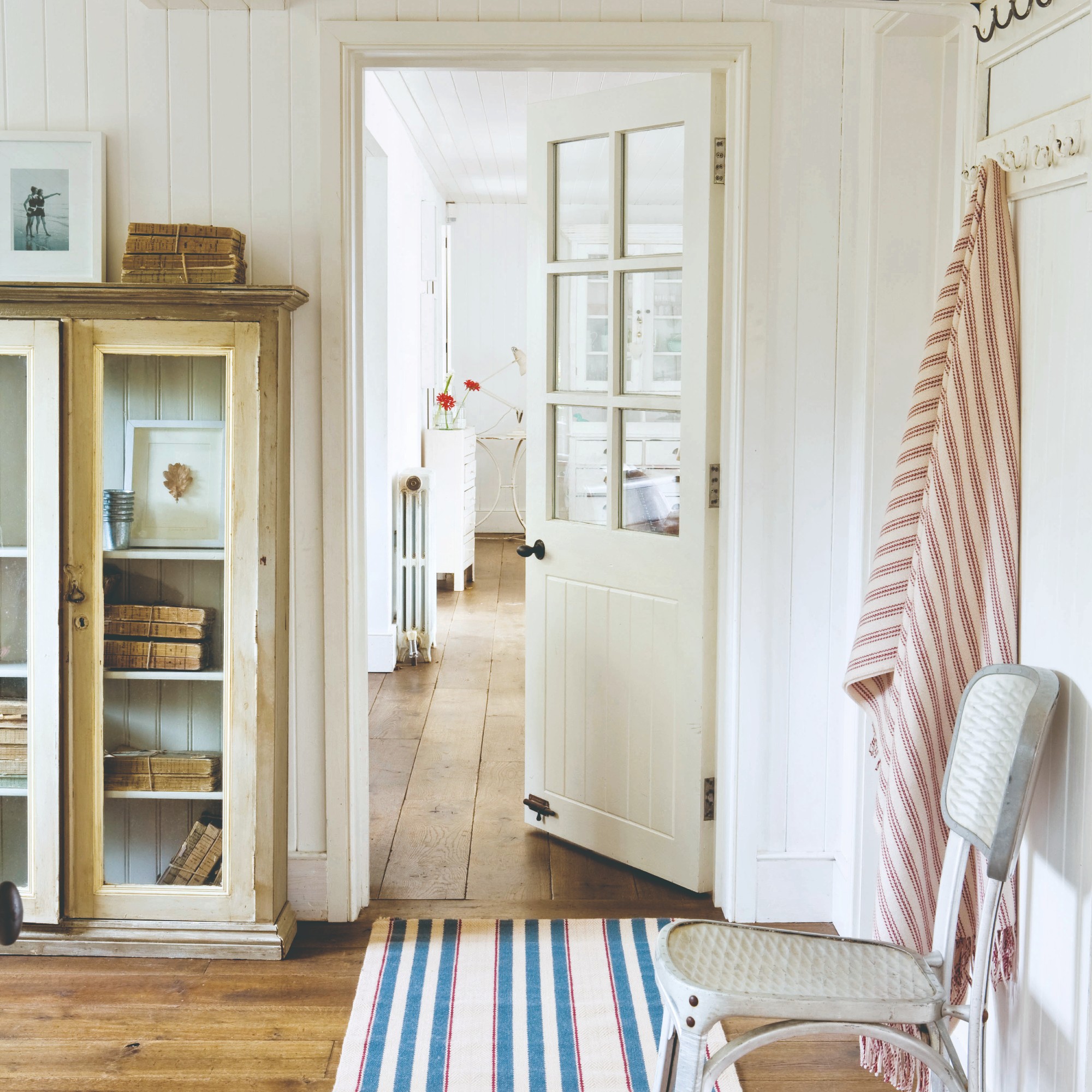
While you can be scammed in real life, it is far more common to be a victim of fraud online, when you can’t actually see the seller and the item you’re buying.
‘The second hand and vintage market has boomed in popularity over the last few years, and that is down to many people becoming more environmentally conscious and wanting to keep things out of landfill, as well as wanting to make or save some money during challenging times,’ says Antony Charman, antiques expert and founder of antique buyer site, Vintage Cash Cow.
‘Unfortunately, scammers have started to take advantage of those looking for second hand or vintage items.’ These are some of the most common scams, along with how to spot the red flags and what to do when that happens.

Antony Charman is an expert on everything from vintage and second hand items to antiques and decluttering, he founded the Leeds-based company with David Weaver in 2016 with a mission to become the number one brand for selling all things vintage and valuable, and to provide a simple solution for the nation’s clutter.
1. Fake profiles
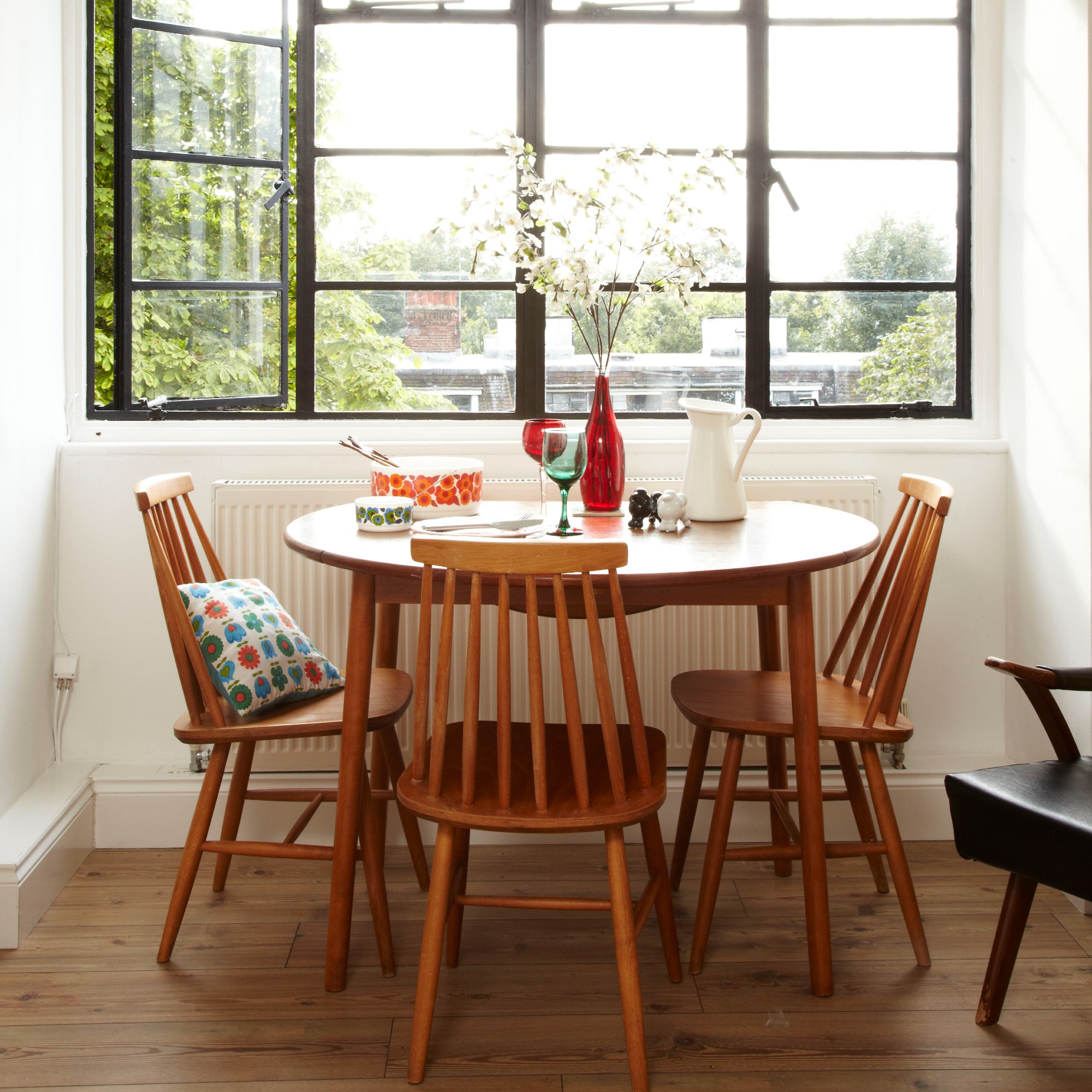
One of the most common scamming tactics is setting up a fake profile on resell platforms such as Facebook Marketplace or Vinted. These scammers usually tend to try to get either your personal details or money out of you for an item that probably doesn’t even exist. Or both. I am an avid second-hand shopper myself and this happened to me just last week. But, luckily, I recognised what was happening and didn’t give in.
‘If buying online, always check the seller's profile,’ advises Harriet Pringle, founder of reselling app, Narchie. ‘On Narchie we have a review system on each user's profile. Once an item has arrived, buyers and sellers are able to rate & describe their experience with the seller / buyer. This gives buyers trust and confidence knowing that others have had a positive experience with a seller, as well as build the seller's shop credibility.’
But most selling platforms have a reviews page, not just Narchie. ‘Double-check the seller's profile,' agrees antiques expert Antony. 'Before buying any item, always review the seller's profile to make sure they are genuine. Ideally they will have reviews, but if not and it doesn’t look like a real person, it could potentially be a scam.’
2. Fake items
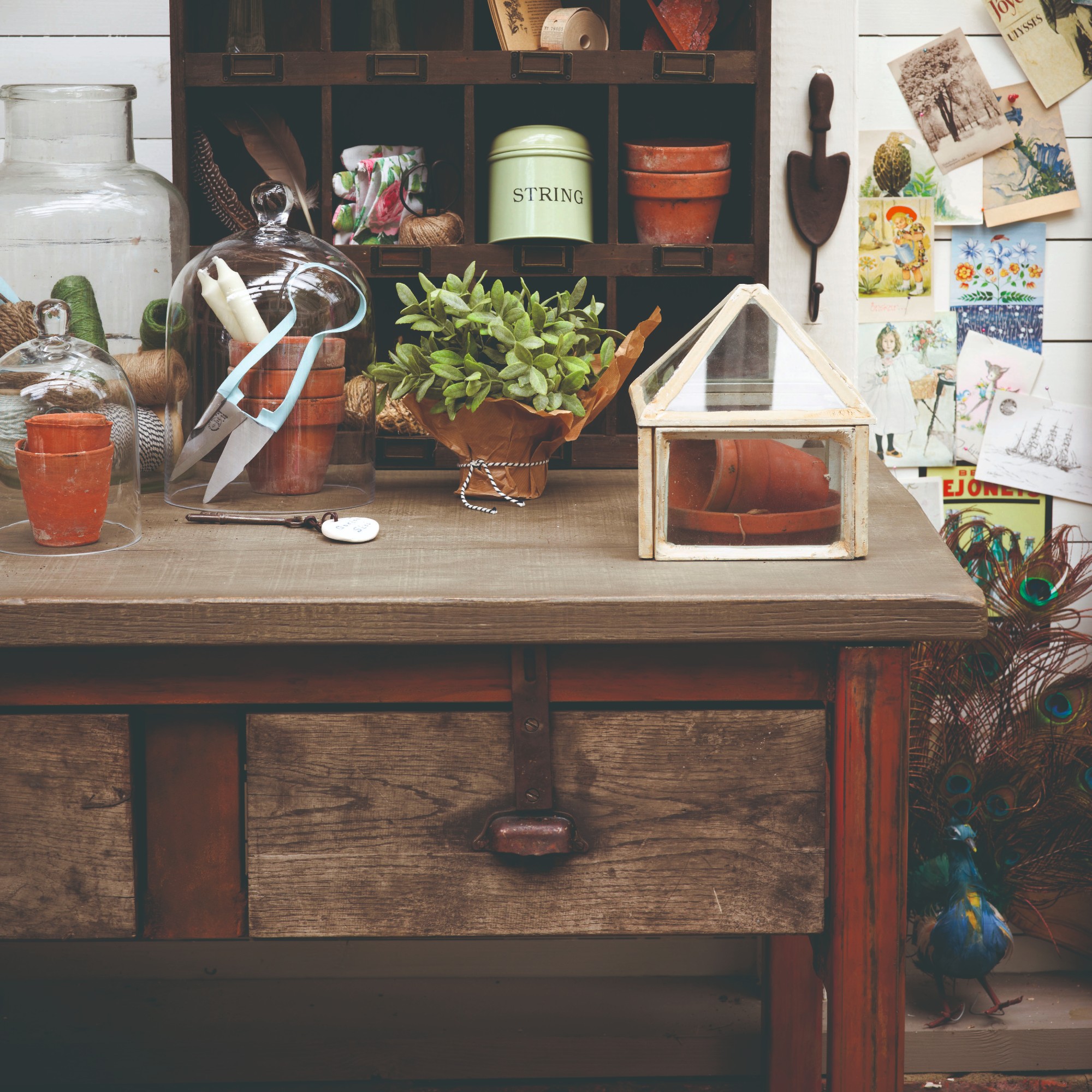
Similarly to the previous point, some scammers might list items that are not actually real. Be especially wary if the only product images available with the listing are marketing shots or brand product cut-outs, rather than genuine real-life pictures from the seller’s home.
‘If buying online, always get as much information from the seller as possible. Make sure to ask about the condition of the item and of any imperfections. If in doubt, always ask for extra pictures,’ recommends reselling pro Harriet.
‘If you’re unsure about an item, ask for some current photos of it from a few angles,' adds Antony. 'You could even ask them to put a picture of it with that day’s newspaper or a piece of paper with your name on it. This shows that they are actually in possession of the item, and if they refuse, it means they probably don’t have the item so it’s best to not proceed with the sale.’
3. Extremely low prices
Off the back of fake items, look out for alarmingly low prices and remember - if a price sounds too good to be true, it probably is. But of course, if you’re not sure, you can always ask the seller why they are selling the item for that price.
‘If they’re selling lots of similar items at unbelievably low prices - this is a huge red flag,’ says antiques expert Antony.
Do your research and educate yourself about how much the item in question usually sells for. ‘It's worth researching similar items to check the price is aligned,’ Harriet confirms.
4. Pressuring you to do business outside of the secure website
‘Don’t leave the site,' warns Antony. 'Making payments through a secure website is a crucial step to staying safe online and means your sale is protected if you don’t receive the item. If the seller is pressuring you to move away from the site - or pay via bank transfer - this is a huge red flag. They could be trying to lure you away from any protections because they’re a scammer.'
So if someone’s trying to lure you away from a protected site and process a payment via a bank transfer or a link they provided, it is unsafe and most probably a scam. So be on the safe side and don’t do it.
5. Vintage replicas
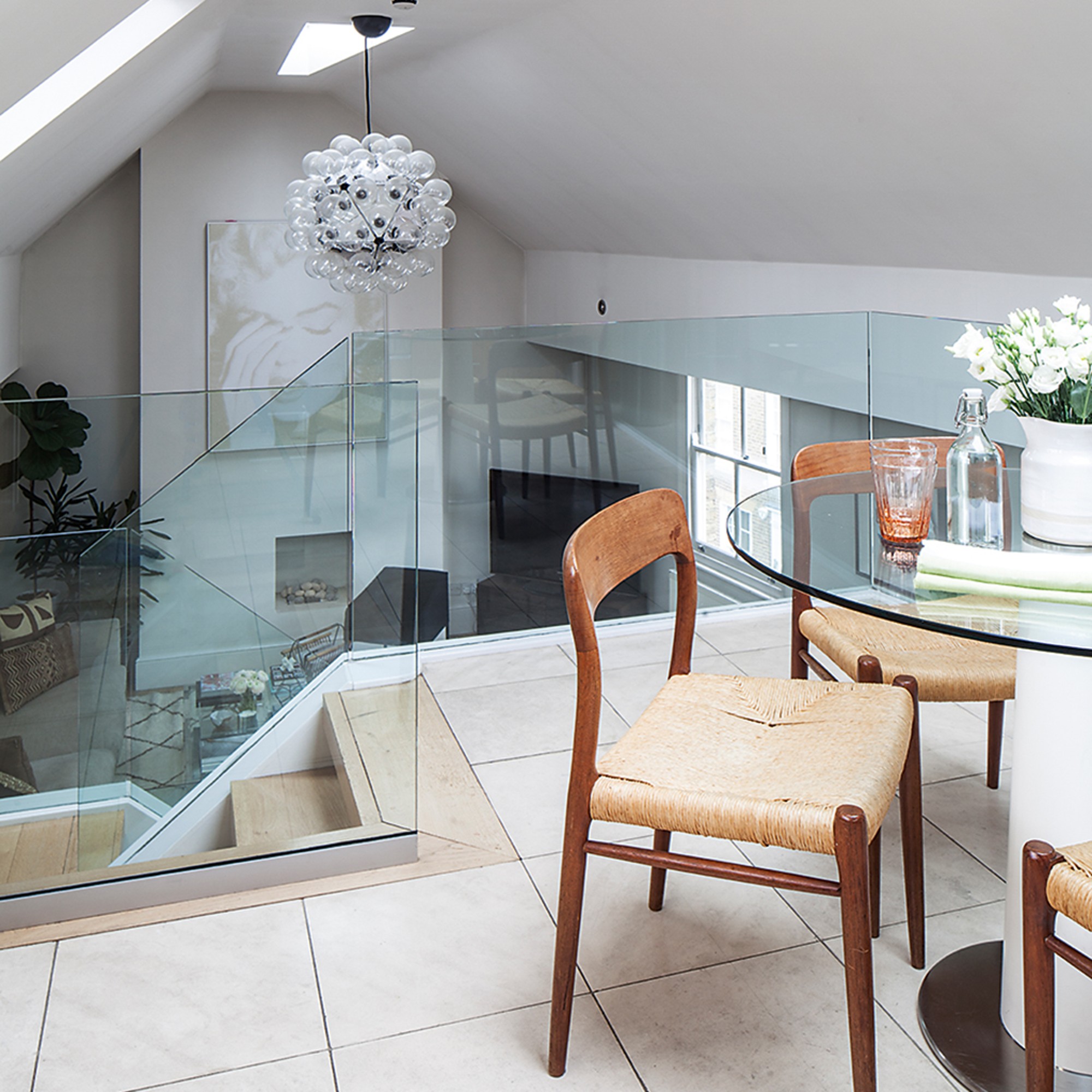
If you’re looking to create a vintage bedroom or just inject some vintage ideas into your living room, you might be on the hunt for some iconic vintage designs. Perhaps a Ligne Roset Togo chair to get the Stacey Dooley sofa look or a Louis Poulsen PH 5 pendant light. Whatever it might be, you might encounter a replica while searching for the one and it’s crucial to be able to tell the difference between a fake and the real deal.
‘When purchasing any vintage item, do thorough research and educate yourself about the product you're interested in before making purchases. Having some knowledge about what you're looking for can help you make informed decisions,’ Antony says.
‘Identifying whether a vintage item is genuine or a fake can be challenging, as forgers have become quite skilled at producing convincing replicas. However, there are several tell-tale signs and red flags that you can look for to help you.’
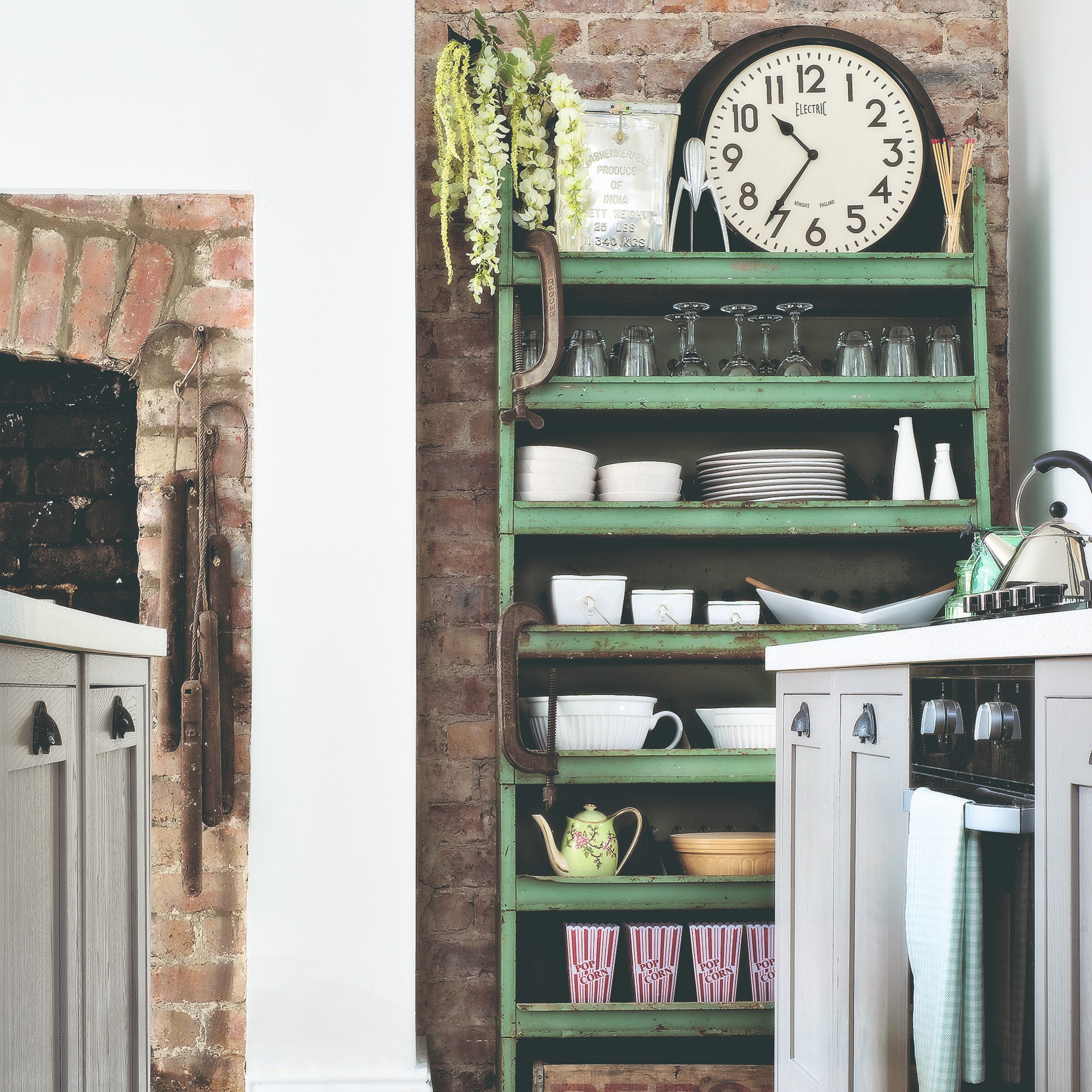
Some of these signs include inconsistent materials (if the item was never produced in this material, it’s probably not real rather than a rare), incorrect marks and stamps such as hallmarks or signatures, and poor craftsmanship.
‘Vintage items should show signs of wear and age,' reminds Antony. 'If a piece looks too pristine or perfect for its age, it could be a reproduction.’
But at the same time, watch out for unusual wear and tear. ‘Some fakes are artificially aged to look older. Look for signs of consistent wear that match the piece's claimed age. Inauthentic wear might have logos on that appear uneven or oddly placed.’
It is a tough world out there but don’t let this dissuade you from buying second hand. It can feel incredibly rewarding and fun, much like treasure hunting. Trust me, I speak from experience. Just remember to be careful.
Get the Ideal Home Newsletter
Sign up to our newsletter for style and decor inspiration, house makeovers, project advice and more.

Sara Hesikova has been a Content Editor at Ideal Home since June 2024, starting at the title as a News Writer in July 2023. She is now also the Ideal Home Certified Expert in Training on Furniture, and so far has tested 80 different sofas.
Graduating from London College of Fashion with a bachelor’s degree in fashion journalism in 2016, she got her start in niche fashion and lifestyle magazines like Glass and Alvar as a writer and editor before making the leap into interiors, working with the likes of 91 Magazine and copywriting for luxury bed linen brand Yves Delorme among others.
-
 Zoe Ball's colourful kitchen island shows how easy it is to create a characterful cooking space - here's how she did it
Zoe Ball's colourful kitchen island shows how easy it is to create a characterful cooking space - here's how she did itBeing brave with colour will reap huge rewards
By Holly Cockburn
-
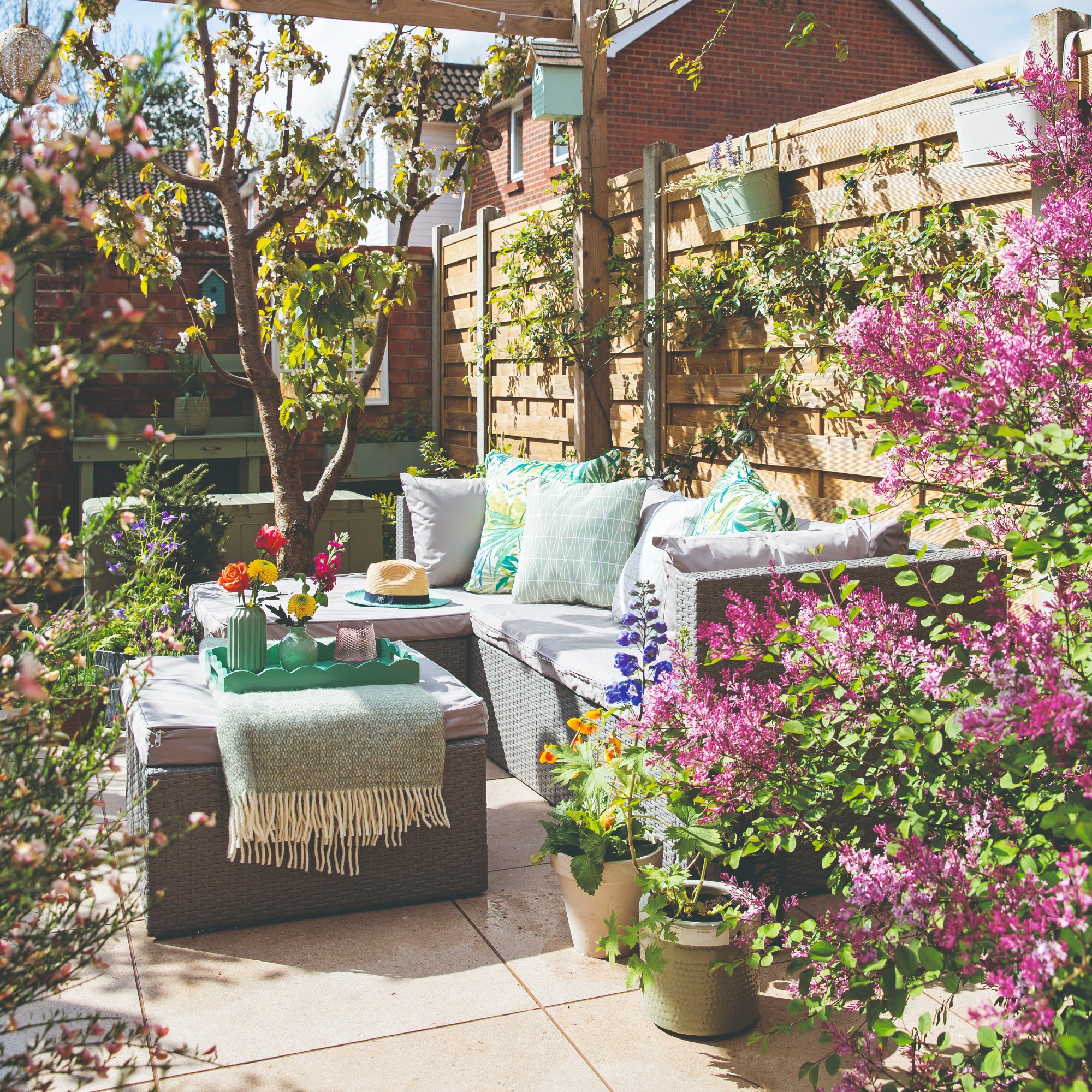 7 plants that will make your patio smell gorgeous - the top fragrant picks experts recommend potting up
7 plants that will make your patio smell gorgeous - the top fragrant picks experts recommend potting upFrom aromatic flowers to fragrant herbs
By Kayleigh Dray
-
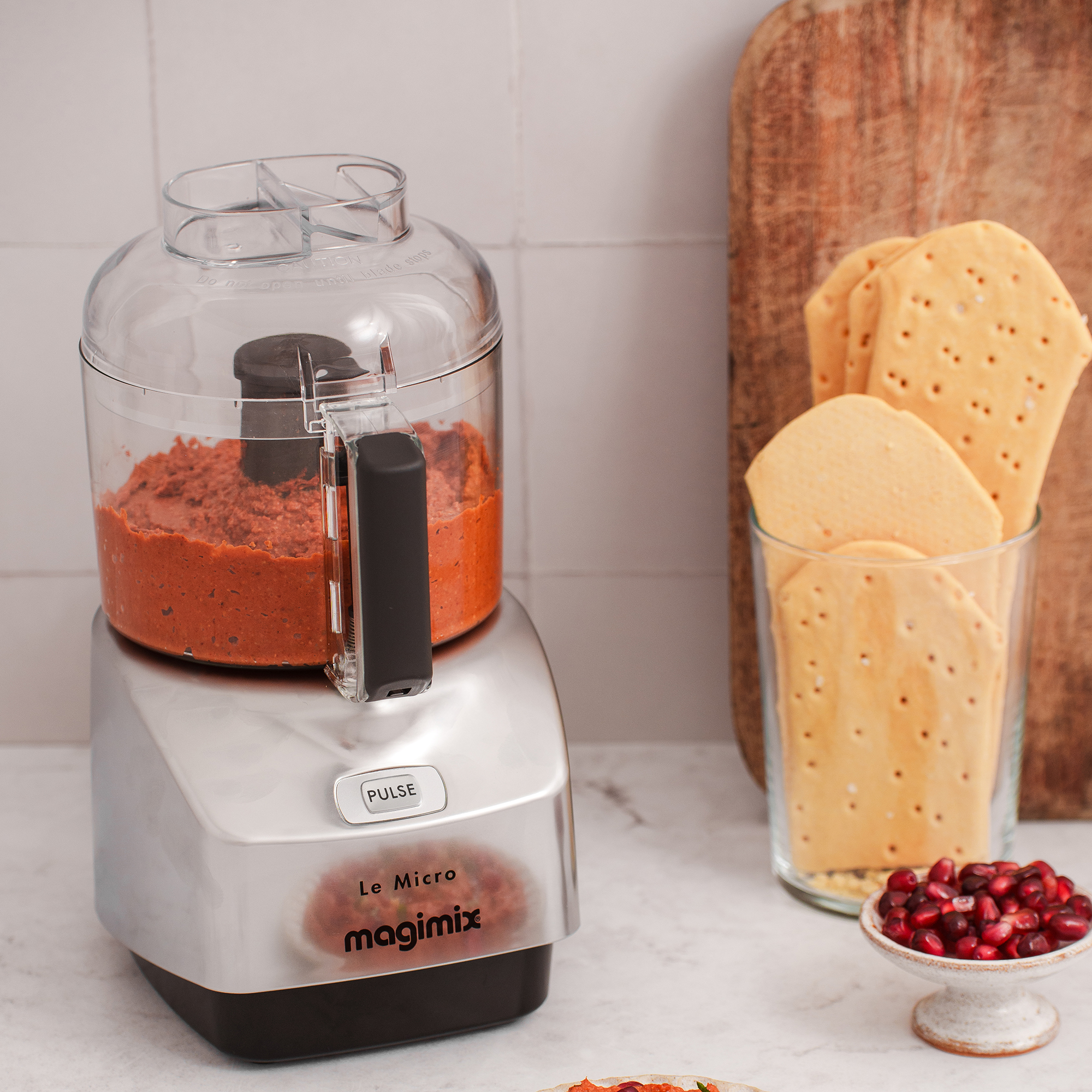 I won't gatekeep - Magimix's new small kitchen-friendly mini chopper is my secret to delicious lazy dinners
I won't gatekeep - Magimix's new small kitchen-friendly mini chopper is my secret to delicious lazy dinnersMy homemade pesto pasta has never been better
By Holly Cockburn